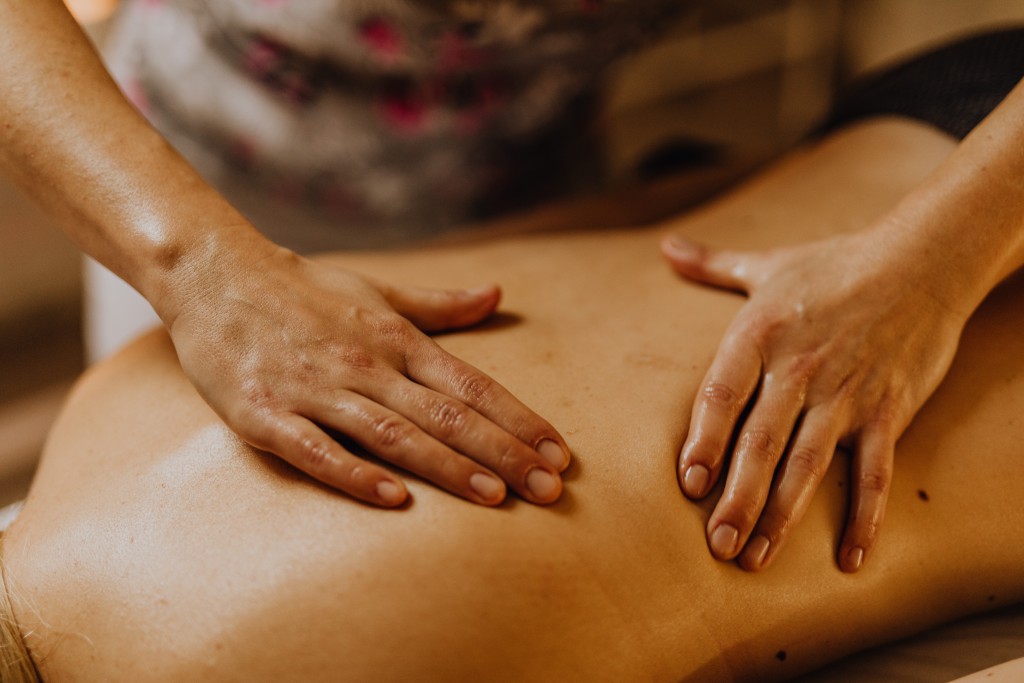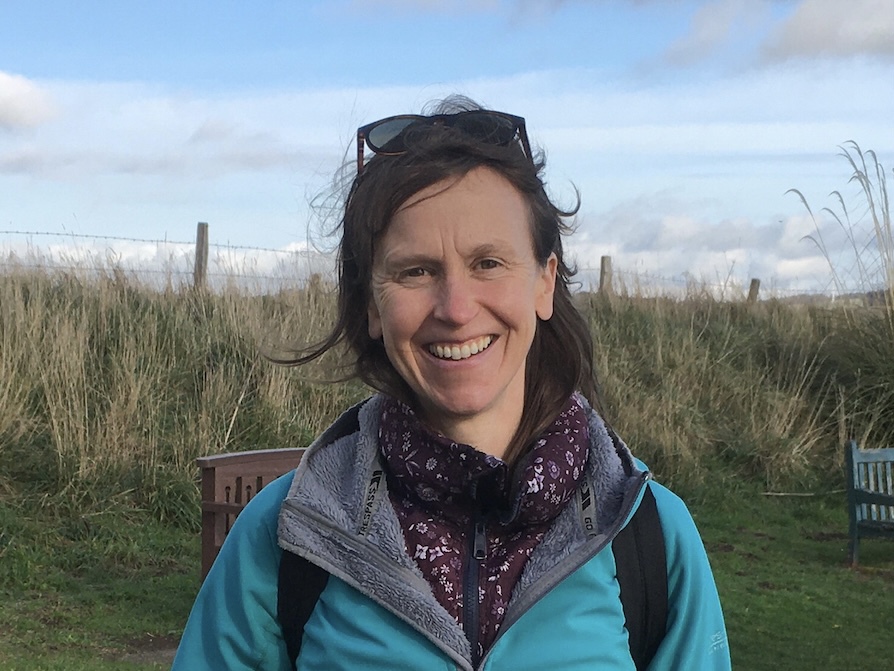
Development of Sports Massage
The practice of massage is from as early as the fourth century BC and reference to massage has been found around the world and in many cultures including ancient Greece.
In 1985 a certain John Harvey Kellog (Mr. Cornflakes himself) published a book called The Art of Massage in which he defined massage techniques that are used today.
- Petrissage - used to describe kneading.
- Tapotement - the act of percussion.
- Effleurage - meaning tight friction or stroking.
Traditionally, massage was carried out by medical professionals but in the 1980s, massage therapy started to be recognised as a separate profession. Since this time a vast amount of research has been done to improve and develop techniques and treatments. The origins of sports massage can be sourced back to support crews that supported cycling tour races where rapid recovery was needed but now it is not only used for sports individuals but a diverse range of individuals- musicians, farmers, office workers with tight neck muscles and shoulders.
Sports massage compliments a range of other therapies and treatments. When working with medical professions, a sports therapist can provide general massage once a client has completed their initial curative treatment. A physiotherapist will usually provide treatment up to a point where the specific injury has reached recovery and the acute injury phase is over. A Sports massage therapist can continue to reduce adhesions and develop flexibility and mobility in soft tissues, so a client continues to improve and avoid the recurrence of injury.
A bit about Claire our Sports Massage Therapist
I became interested in sports massage from my own fitness experiences over the years, running, triathlon training, swimming long distances, becoming a Mum and getting sore arms from pushing a buggy for 10 years. Not stretching enough and getting tight and sore muscles I attended a few massages over the years and relished in the relief I would get from having one.
In doing my training in sports massage the first area we concentrated on was arms and I was disappointed that we were not going straight to learning about backs.
Well, the relief I got from a full arm massage, and I thought it would be the upper muscles but it was the lower arm that felt the benefits and the upper chest- our pec’s- how tight these get with everyday use- prepping meals, household chores, our driving positions and typing at work and then all the other things we do to our bodies.
My buggy pushing days are over for the near future but the effects of this are still present but are being resolved with maintenance sports massages.
Sports massage can help recognise tissue dysfunction, where the body may adapt to these stresses we put on our body and a tissue or ligament may adapt to help deal with this stressor but then if left imbalanced this could lead to a more permanent injury- as in a shortened muscle, this then can lead to a weaker muscle and then joint pain and then nerves can be affected and not be as efficient in their carriage of messages.
What to expect
When you come for a sports massage, the initial consultation involves a joint and soft tissue examination to ensure there is no injury to the joints or any neurological cause for the pain or symptoms and to allow a client to have a safe massage. Once we have established it is safe, we may address the area that is sore or tight or the area you feel you want to address and start off gently warming up the muscles, applying Petrissage to knead the muscle to help reduce adhesions and increase circulation to the affected muscles and always then ensuring we then glide the up towards the lymph system and heart to help flush away the tightness. Rhythmical tapotement is given via cupping or hacking to help restimulate circulation and nerves and invigorate the body.
The treatment ends with me providing passive stretching of the affected area which then enhances the new flexibility achieved from the massage and increases the range of motion and these stretches can be done at home too. The massage itself will not cause pain but one may feel the pressure if there is a lot of adhesions and reduced flexibility.
For certain, after the event and for some time one should feel lighter and freer in movement because muscles have been realigned, congestion reduced in local areas, increased circulation, nerve endings restimulated and recruitment of vascular flow to the affected area making you feel invigorated mentally and physically.
Claire is a sports massage therapist, with a level 3 sports massage diploma, having qualified in 2022. She is passionate and motivated about helping people feel better and get relief from that tight or over used muscle and help them to avoid injury or joint dysfunction. Furthermore, Claire is a trained nurse having been qualified now for 24 years and has been an advanced nurse practitioner for the last 13 years of those working in out of hours and general practice.
